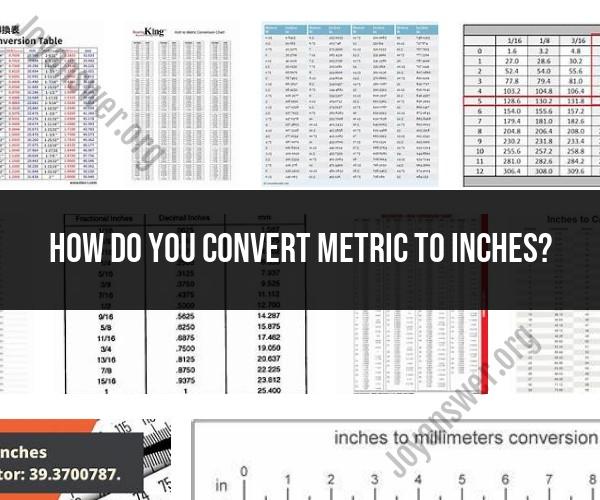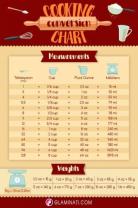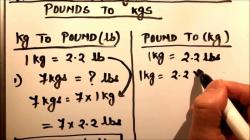How do you convert metric to inches?
Converting metric measurements to inches is a straightforward process that involves using conversion factors. Whether you're working with lengths, distances, or other measurements, here's an easy-to-follow guide to help you with the conversion:
Step 1: Identify the Metric Measurement
Start by identifying the metric measurement you want to convert to inches. This could be a length, width, height, or any other metric value.
Step 2: Know the Conversion Factor
The conversion factor from metric units to inches is 1 inch = 2.54 centimeters. This factor is based on the definition of the inch in the International System of Units (SI).
Step 3: Set Up the Conversion
To convert from metric units (e.g., centimeters) to inches, use the following formula:
inches = metric measurement / 2.54Step 4: Perform the Calculation
Let's say you have a measurement of 20 centimeters that you want to convert to inches. Plug the value into the formula:
inches = 20 / 2.54Calculate the division:
inches ≈ 7.874Step 5: Round the Result (Optional)
Since inches are often represented with two decimal places, you can round the result to make it more practical:
inches ≈ 7.87Step 6: Finalize the Conversion
The final result is approximately 7.87 inches.
Conclusion
Converting metric measurements to inches is a simple process that involves dividing the metric value by the conversion factor of 2.54. By following this easy-to-follow guide, you can quickly and accurately convert between metric and imperial units for various measurements.












